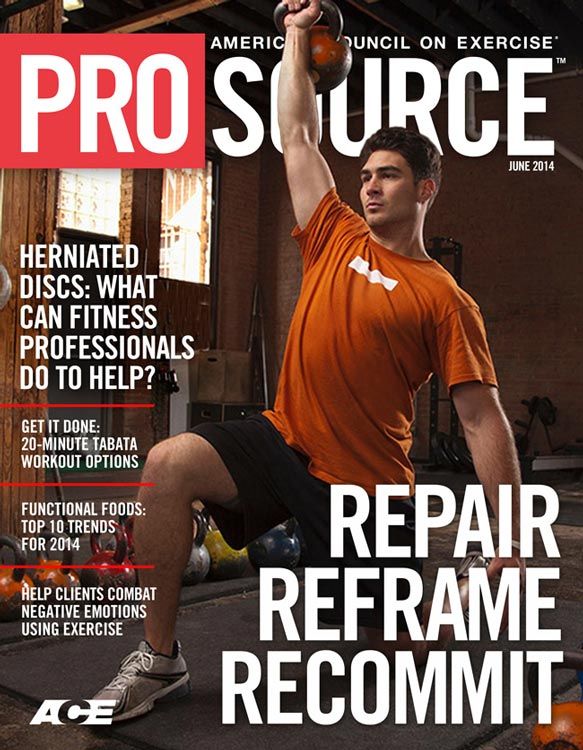
Whether it’s an exhaustive (yet dubiously fact-checked) list of Abraham Lincoln’s failures before becoming President of the United States or a cheesy internet meme featuring a famous quote—“Defeat is not the worst of failures. Not to have tried is the true failure,” by George E. Woodberry and “Develop success from failures. Discouragement and failure are two of the surest stepping stones to success,” by Dale Carnegie are two mainstays—we’ve all been told countless times what we’re supposed to do when confronted with an obstacle or facing down failure. Try and try again. Get back on the horse. But as is the case with eating right and exercising, it’s not a matter of knowing what we’re supposed to do, but how.
What does it really require to “develop success from failures” or summon the gumption to try harder and harder despite repeated setbacks? Does it take a special type of person, or are there skills and tools that all of us can learn? The truth is, nearly every successful person in the fitness industry (or in any other industry, for that matter) had to overcome some obstacle to get where they are today. We asked some industry veterans to share their stories and the lessons learned.
Learning These Lessons the Easy Way
According to Thomas Plummer, 35-year industry veteran and founder of the National Fitness Business Alliance, which offers workshops for fitness professionals, most fitness businesses that fail do so before they even open their doors. The key is to do a lot of research before setting up the business. His tips mirror the experiences of the fitness professionals featured in this story, but following his advice may save you from learning these lessons the hard way, as they did. “Remember,” says Plummer, “most failures are self-induced and can be prevented up front with proper planning.” Here are Plummer’s tips for avoiding many of the pitfalls reviewed in the article:
- Avoid the expectation that business is a constant once it is set in motion. Many newcomers to the industry think that the stream of new clients will continue to flow naturally once the business is established. Instead, business owners should have at least two months of reserve capital in preparation for the natural fluctuations and cycles of the business world.
- Be prepared for what Plummer calls the 4 Ds—death, divorce, disease and distress—as one or more will likely hit during your career. Whether it’s the death of a business partner or ongoing construction on the road outside your facility, these events can be devastating if you’re not prepared.
- Avoid becoming your own product. “This is a huge problem in the fitness industry,” Plummer says, echoing the sentiments of Durkin and Indiviglia. “You have to let the business evolve by building a team and systems that allow you to step aside if necessary. The business must be able to perpetuate itself in your absence.”
- Choose your partners wisely. Many fitness businesses start when two trainers working together in a club decide to branch off on their own. They might both be great trainers, but business acumen is often completely absent. If you have a training methodology you want to share with the world, find a partner who has the business skills to help make that happen, not another trainer. You can always hire more trainers to deliver your vision as the business grows.
- Establish rules up front. Proper legal documents and partnership agreements are a must. In addition, it is essential to map out specific responsibilities for everyone involved—and someone must be able to make the ultimate decision in all matters. A 50-50 split is never a good idea.
- Finally, and perhaps most importantly, have an exit strategy. This is counterintuitive to many young entrepreneurs for whom owning the business is the fulfillment of a dream. But Plummer’s primary piece of advice is to “know what you want to accomplish” with your business. Ultimately, you are going to retire from the business, so you need a plan for how it will increase in value over time. Think about this: “How will owning this business move my life forward in the direction I want it to go?”
Serious Injury
Major setbacks in the fitness industry typically fall into two categories: personal injury and business deals gone wrong. For Todd Durkin, owner of Fitness Quest 10 and author of The IMPACT! Body Plan, it was an on-field back injury that derailed his dreams of an NFL career, but catalyzed a newly discovered passion outside football. During the rehabilitation process, Durkin found that he was fascinated by the role that fitness played in his healing and uncovered his new purpose in life—to change lives through fitness. For Durkin, the obstacle in one arena became the opportunity in another.
But for Larry Indiviglia, ACE Certified Personal Trainer and executive director of the Todd Durkin Mastermind Institute, a severe injury threatened an already promising fitness career. Indiviglia blames exhaustion for the fall that left him with two fractured vertebrae. He typically worked very long days and had fallen asleep in his home office. He awoke in the middle of the night knowing that he had scheduled a 4 a.m. training session the next morning, and simply passed out at the top of the stairs. The lessons to be learned here are twofold: avoid allowing yourself to become so run down that exhaustion is inevitable and how to remain successful in the fitness industry despite an injury that severely limits your ability to work with clients.
Indiviglia had become ensnared in a trap that catches many young fitness professionals, what Durkin calls “trading hours for dollars.” As Indiviglia reflects on his nearly 20 years of training before the injury, he realizes that his entire income was dependent on him completing individual training sessions. His workload had steadily grown from 30 sessions a week to 40, then 48, and eventually up to 55 sessions some weeks—a completely unsustainable business model. To remain in the industry after his injury, Indiviglia had to redefine himself and discover new revenue streams. In addition to drastically reducing the number of training sessions he offers, he now coaches fitness professionals on the business side of the industry and conducts online coaching for clients. His advice to all young professionals: “Recognize exceptional people in your journey, follow their careers and try to establish a connection. Continually educate yourself and seize new opportunities. And do not allow yourself to get caught up in driving revenue and meeting demand solely through training.”
Failed Business Venture
For Vito La Fata, creator of Fitness Profit Systems and Fitness Evolution, his early career setback came not in the form of a sudden fall or a linebacker’s hit on the football field, but as a bad business decision. La Fata opened a training studio with a partner who was a great trainer and, just as importantly, “had cash.” Of course, neither of them had any business acumen. He ended up doing all of the business-related work, learning on the fly, which slowly tore the partnership apart. After incurring tremendous debt and selling his house to buy out his partner, La Fata had to then learn the business side of the fitness business and start from scratch.
La Fata and his partner fell into a common trap: assuming that fitness knowledge is all that is needed to succeed in this industry. “Being a good technician and being a good business owner require completely different skill sets,” says La Fata. He recommends that young trainers research business systems, customer service tools and marketing strategies. “The business must be able to operate without you. A business built around one or two people has no real value or sustainability.” The success of a fitness business comes not only from having a quality facility and great training programs, but also from having systems in place to communicate those things to your potential customer base.
La Fata points out that there are many opportunities for fitness professionals to diversify their revenue streams, from various forms of personal training—one-on-one, semi-private and small-group training—to online coaching and serving as a mentor or master trainer for others in the industry. To perpetuate his business, La Fata has taught other trainers how to implement his training systems, allowing the business to function in his absence and, more importantly, “making a bigger impact on the world.”
Business Basics
Business Basics are a series of printable step-by-step and easy-to-understand templates, instructional guides and tools developed to increase the business skills of ACE Certified Fitness Professionals. Whether you are a one-personal organization or you employ a team of fitness professionals, good business skills are sure to increase your level of success and professionalism.
You can also find a wide range of business-focused continuing education courses on the ACE website.
A Crisis of Confidence
Jonathan Ross, author of Abs Revealed and ACE spokesperson, faced a seemingly more pedestrian obstacle early in his career: a lack of confidence. Ross describes watching other trainers attract a lot of clients and being confused about why his training model wasn’t doing the same. The key to overcoming those early feelings of doubt was staying true to his personal vision and his commitment to quality. Ross, who now offers one-on-one mentoring to fitness professionals through his business, Aion Fitness, warns newcomers to “never let negativity erode your confidence.”
Ross also advises that, to make fitness a career, you need to make your message—not just your actual training time—revenue-generating through books, video, seminars or whatever means best suits you. Do you think you have a unique approach to helping clients? Formalize your vision, and then hire contractors or employees to teach your message. The key, he says, is to maintain periodic contact with all clients, whether through one-on-one meetings or tandem training sessions with your employees, to ensure that your message remains intact.
One Final Tip
For most young fitness professionals, the driving force behind the quest to increase their income is the attainment of additional clients—the more you train, the more you earn. As our industry veterans’ stories illustrate, this is an unsustainable model, but an almost inevitable reality early in your career. Todd Durkin recommends a “strategic slowdown” to systematically cut back on your training hours in a way that will allow you to avoid getting burned out while still making money. Diversify your income and build a lasting business that meets the goals of your long-term personal vision.





 by
by 


